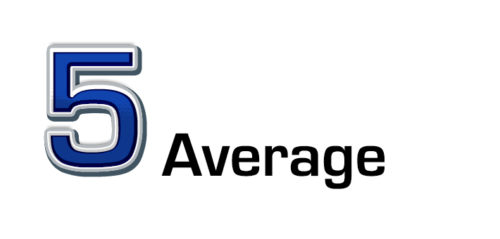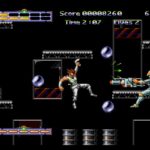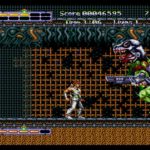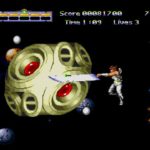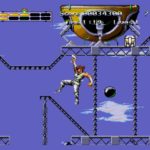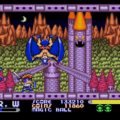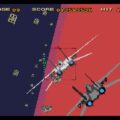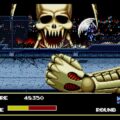Developer: Tiertex Publisher: U.S. Gold Released: 1993 Genre: Action
Strider was an important release for the Sega Genesis. As the first 8-meg cartridge it opened the doors for larger games and for its time was a stellar arcade conversion. It was a popular game, so to see its “sequel” farmed out to a little known European developer was disheartening. I’ll say it right now, Strider Returns is bad. Would I be as critical if it were a different name on the box? Honestly yes. Regardless of the title the game’s flaws are evident. That this is a sequel to a beloved classic makes it worse. At least Capcom officially ignores it in their cannon.
When I think of Strider Returns, the one question I have is why? Why would Capcom allow such an average game to bear the Strider name? This was not even a Strider game to begin with! Developer Tiertex were working on an original game that somewhat resembled Strider. Their publisher, US Gold obtained the license and made it an official sequel that no one wanted. Strider II was originally designed for the Amiga and honestly was dire. For its console debut the game saw a number of heavy changes but is still bad. It may have the look but Strider Returns lacks the soul of Capcom’s arcade hit.
Strider Returns mimics the original in terms of its look and animation. Strider Hinjo moves and animates exactly like Hiryu, down to the odd momentum of his jumps. Your cypher functions the same and can lengthen like the original. The helper robots are no more and in their place are a few new power-ups. You have a limited supply of shuriken for long distance attacks although they are weak. There is a black orb that rotates around you like a shield and is very strong. Speaking of orbs, you can build up orb energy during each level. Upon facing the end level boss your orbs create an orbital shield that functions like another life bar. It is so powerful it can single-handedly destroy some bosses!
Although Strider Returns has the look where it falls flat is its awful level design. The levels fall into two categories: linear hallways and open areas that allow you to create your own path. Both have problems. The linear stages focus on traps and gimmicks but executes them poorly. Stage two’s Castle Metropolis features elaborate laser hallways that need to be navigated carefully. The problem is Hinjo moves slowly and the game has such an exaggerated hit cycle that you are knocked back at every turn. Even the first level’s tree top climb is frustrating due to a confusing layout and annoying enemy placement.
The open levels suffer from lack of direction. That kind of is the point but good level design at least has some kind of flow to it. Here you are placed in a wide open space with no indication where to go. You have to perform numerous blind leaps in order to progress and dead ends are common. If the object is to allow you to explore then the game fails in that regard as well. The aggressive clock leaves no room for any kind of exploration and will be cause for many of your deaths. I am struggling to find anything good to say about the level design but I cannot. They simply do not work on any level.
As a European developed game Strider Returns is very difficult. This is a surprise as the levels have few enemies. You are battling the environment more than enemies and I can say the environment will win most of the time. Health items are not common and the game is riddled with cheap hits. If the enemies and the various obstacles don’t get you then the clock will. The time limit always seems to be just enough if you don’t make any mistakes. It is too bad the game is not set up that way. Extra lives do not exist and with limited continues most will have a tough time seeing the end of this five level adventure. The ultimate question is will you want to?
For its Genesis debut Strider Returns rips numerous sprites from the original to make it feel authentic. Hinjo’s sprite is a palette swap of Hiryu and you will recognize certain enemies and bosses. Yet somehow it still comes across as poor. The overall color palette is extremely low and the backgrounds are lacking. As much as we don’t like to admit during the 8 and 16-bit era European games had a certain “look”. Strider Returns has that look and unfortunately is not a good looking title.
In Closing
No one speaks of Strider Returns with good reason. Strider Returns is a poor man’s version of the Capcom classic and best left forgotten by history. Buy the real Strider 2 instead.
